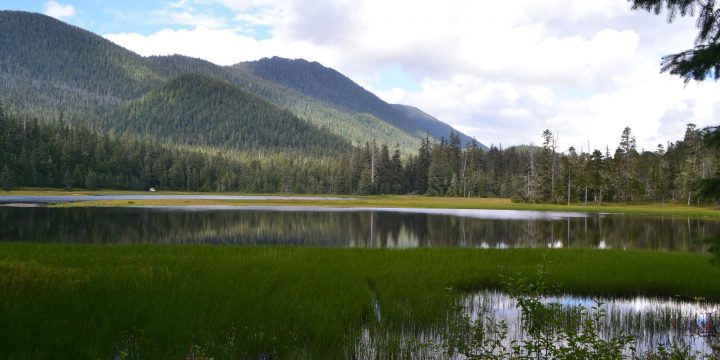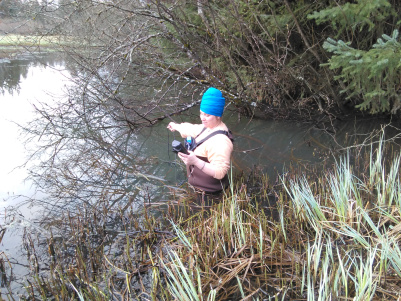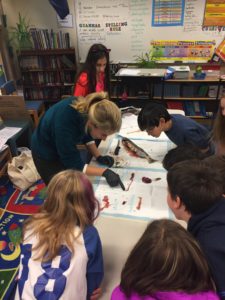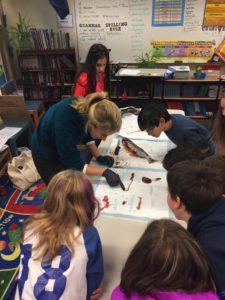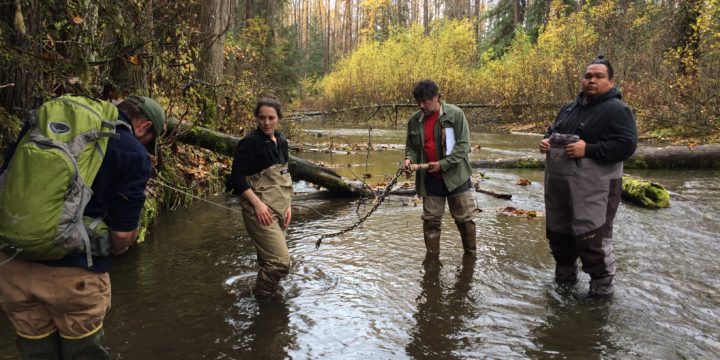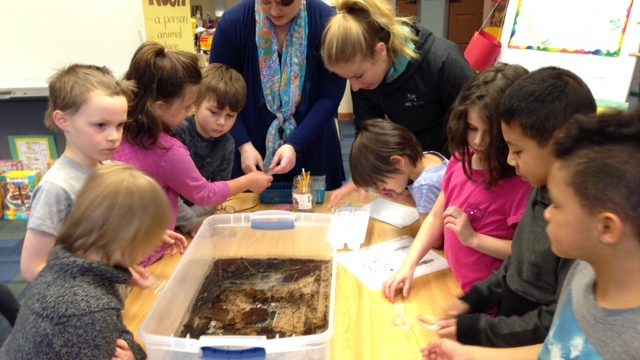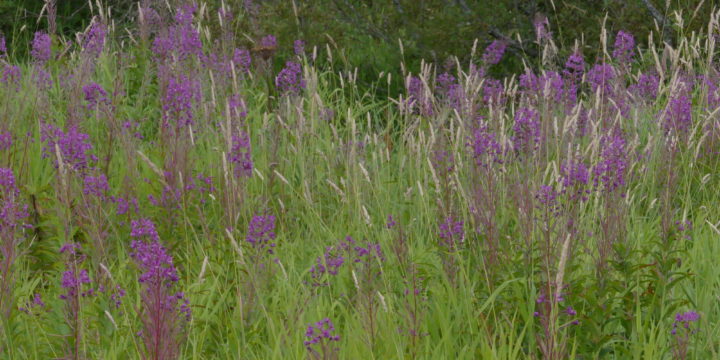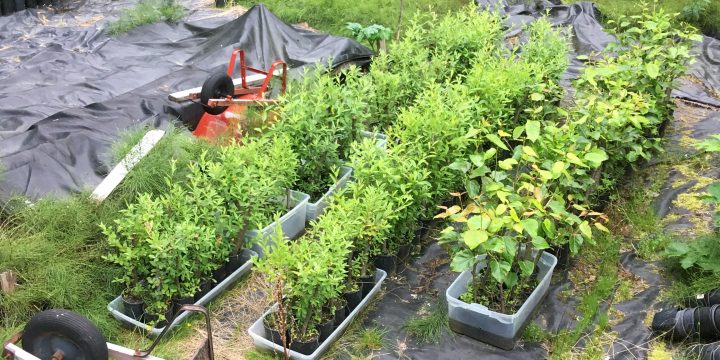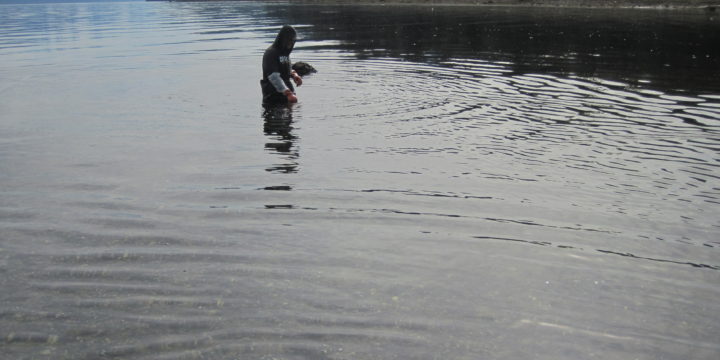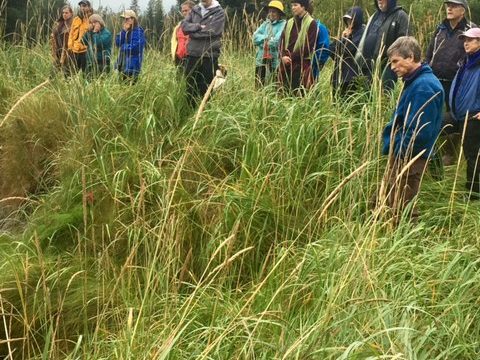
SAWC Participates in Gustavus’ Community Curiosity Series
SAWC restoration biologist John Hudson traveled to Gustavus to participate in the “Community Curiosity Series.” Gustavus resident Susan Brook developed the series as an opportunity for locals to learn about the natural history of the area. Topics this summer included moose ecology, geology, and lodgepole pine decline. John lead 24 participants on a watershed walking tour of Harry Hall Creek, a small groundwater fed stream that provides important habitat for salmon, trout, and char in the Good River watershed. Participants visited a culvert that blocks fish migration as well as one of several new bridges that have replaced barrier culverts along the stream. Using coho salmon as an example, John discussed the need for removing man-made barriers in watersheds so that adult and juvenile fish can access seasonal habitats used…

